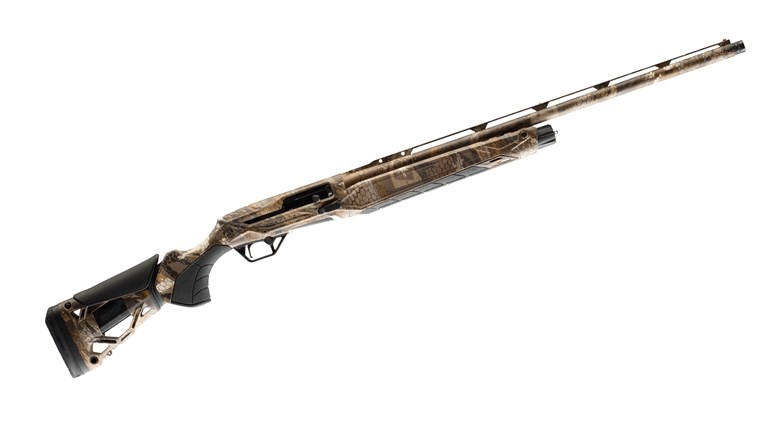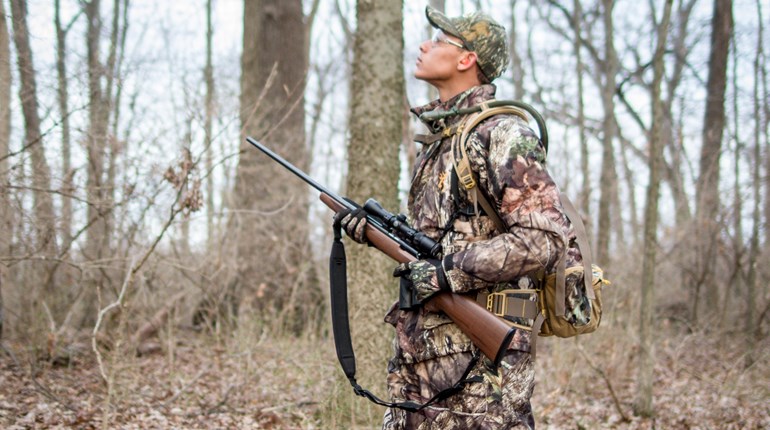
Whitetail rubs are signposts of our rut dreams. They are alluring, confusing and can even be deceiving. Here are seven questions you should ask when you stop to look at a sapling rubbed raw by a whitetail’s antlers. In the answers is how to kill the buck that made it.
1. Are there tine marks? Look above where the bark has been stripped clean. Tine gashes in the bark can give an indication of the buck’s size.
2. How big is the tree? It’s a myth that big bucks rip big timber and immature bucks rub spindly saplings. But tree size can give indications—and it sure is fun to get worked up about a buck rubbing an 8-inch trunk.
3. When was it made? This is a key question. Older bucks typically start earlier and rub more often in the pre-rut, and the pre-rut is when rubs can help you pattern a big buck.
4. Where is it located? There is no more important question than this. If it’s on the edge of a field or other open area it is almost meaningless to you, as it was likely made at night. However, it could be a clue leading you back from the field edge to a pre-rut rub line.
5. Is it part of a line of rubs? A rub line can lead you to where a buck beds. Be careful, but also take a chance if you can. Many GPS-collar studies have found that to catch a buck on its feet in daylight before the rut hits the search phase, you have to be very close to where he sleeps.
6. Is it part of a cluster of rubs? If the rub is in a thick area and there are many other rubs nearby, you’ve found a staging area: a place where a buck or bucks wait for dark before proceeding to a crop field or other food source in the pre-rut. This is another great place to kill him before the rut gets cranking.
7. Are there scrapes or tracks near it? If you find an active scrape close by, look in it for a buck’s track. The size of a buck’s hoof is the best indication—outside of sightings and trail-camera images—of how old, and therefore big, a buck is.




































